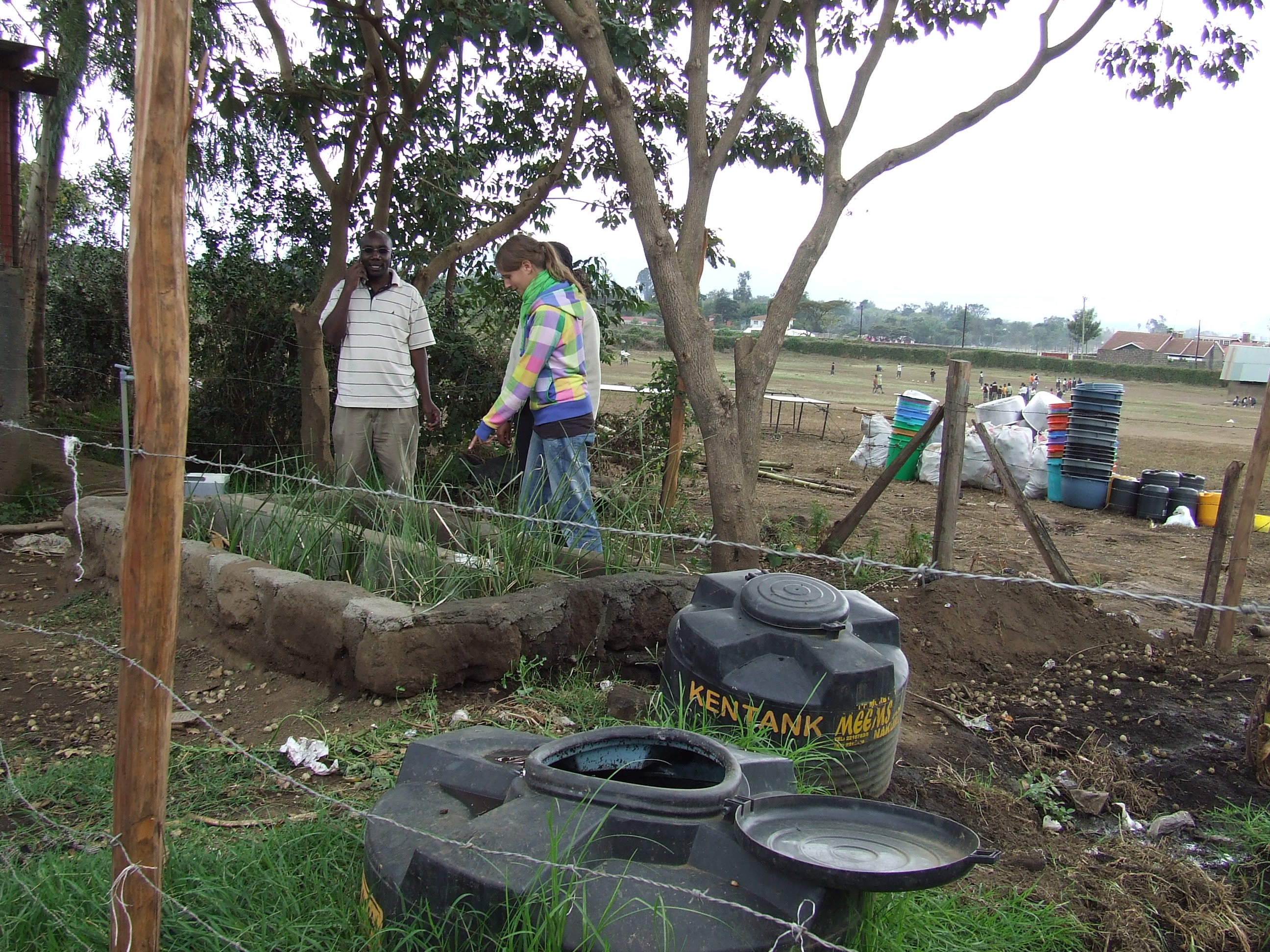Water Quality in Kenya: Working to Expand Access
 Water is one of the most precious necessities that everyone needs. It is essential to sustaining life. Water quality in Kenya is in a poor state and must be improved in order to help its people.
Water is one of the most precious necessities that everyone needs. It is essential to sustaining life. Water quality in Kenya is in a poor state and must be improved in order to help its people.
As is known to many already, Kenya has one of the most struggling populations in the world. With a population of 36.6 million and still rising, the country needs water. The lack of quality water in Kenya has been an issue for decades. As a result, agriculture is mostly barren. There is only a small area that is actually sustainable for planting. One of the recent natural disasters that hit the country caused major deterioration in the soil, which caused refugee displacement throughout the country.
Kenya does have natural water resources to provide water; however, it does not provide enough water to various areas of the country. There are also many water basins that do not reach a large enough area. Thus, most of the population the country is left without water. With the increase in urbanization in Kenya, those who are poor are pushed into slums, where they are overcrowded, there is no clean water and the sanitation is at hazardous levels, resulting in horrific health conditions for the people.
With dirty water comes diseases. Water pathogens are a major issue in Kenya. The people are at risk of sporadic epidemics such as cholera and parasitic worms because their basins and pumps are contaminated. Not only are the sources unsatisfactory, the containers in which they carry their were often previously used for oil, fertilizer or waste.
To retrieve water, women and children often have to spend a majority of their day in the hot sun trying to find fresh water. During these journeys, women and children are susceptible to dangers like attacks from predators and exposure to the elements in addition to the diseases from the water.
It seems as though the government would be involved in such a situation; however, there have been problems there as well. There are some areas in Kenya that have been privatized, but other sectors have had investors discouraged from developing the areas. Water privatization is seen as a negative, but without it, many areas do not have piping, sanitation and tanker services. Kenya’s government is nearly bankrupt and lacks the funds to be able to run pumping stations or piping systems. The ones that are built are often pirated and are unable to be repaired.
However, there are groups working to improve water quality in Kenya. Organizations like Water.org are providing safe water and sanitation. They are developing new ways to reach out to banks, digital financial service providers and water service providers to find partners to provide financing. In addition to helping financially, there are organizations on the ground making changes. Charitywater.org has looked into the solutions of hand-dug wells, drilled wells, spring protections and rainwater catchments. These two groups are taking important steps to help improve the situation for Kenya’s people.
– Chavez Spicer
Photo: Flickr
